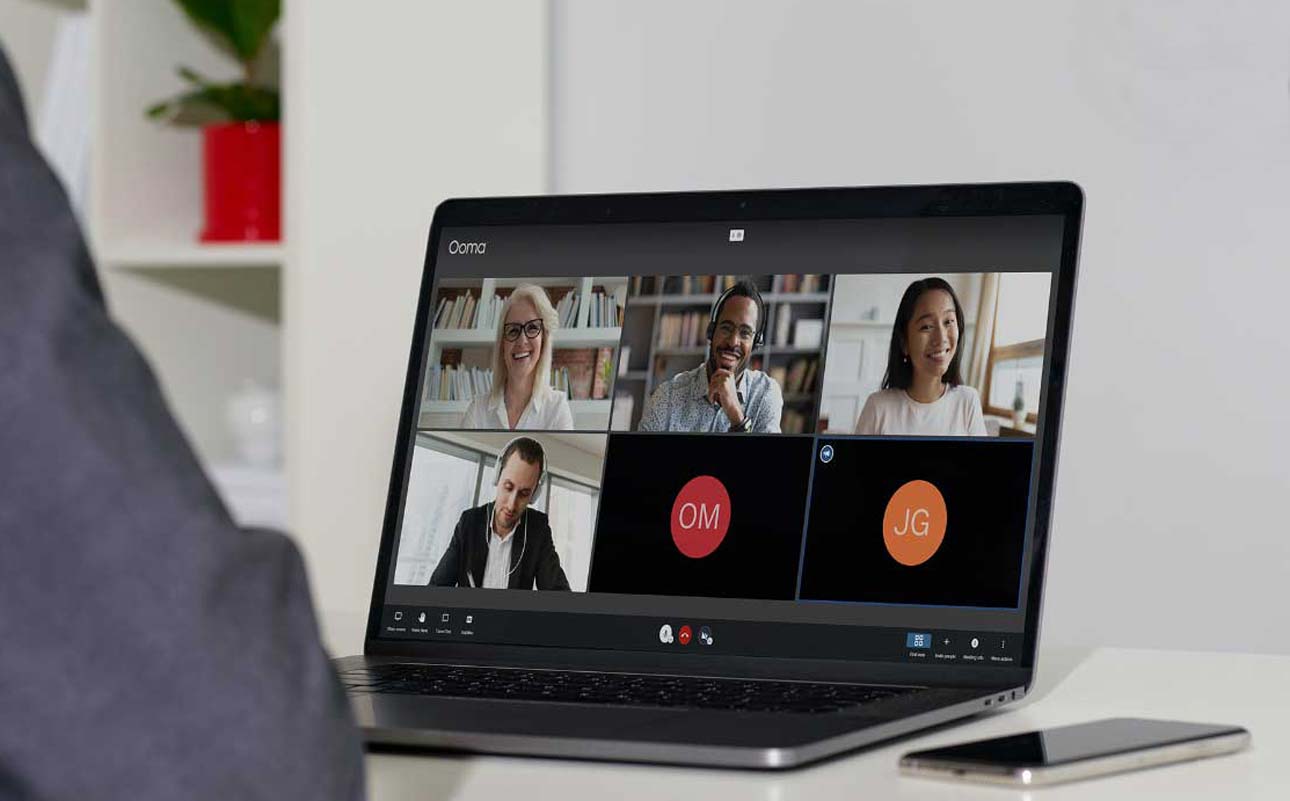Useful tips for improving workplace communication and why it matters

Effective workplace communication is critical to the success of any organization or business. It fosters a sense of community and professionalism, contributes to productivity and promotes a culture of mutual understanding and respect among employees. With the rapid pace of technological advancements and changing work environments, maintaining good, open lines of communication has become more critical than ever, and there are several ways in which effective workplace communication can be cultivated.
How to improve workplace communication
If you find that your organization or business struggles to communicate effectively, it is important to put a plan in place to address that need and take action both as a professional and as a team member to make improvements. One of the best ways to promote effective communication is to lead by example. Make a concerted effort to communicate with colleagues in a way that encourages a professional exchange of information and promotes teamwork and understanding. It is also important to put a formal communication process in place and set expectations around routine communication.
Make time for regular one-on-ones with employees
Regular one-on-one meetings between managers and team members are crucial for improving communication. These meetings facilitate a private space for employees to discuss work-related concerns, the progress they have made as it relates to their work, and their professional aspirations. For managers, it’s an opportunity to gain a better understanding of individual needs within their department. Managers may use these meetings to provide personalized guidance and build trust within the team. Routine check-ins are also an appropriate time to recognize professional achievements and address potential issues before they become problems.
Schedule weekly work team meetings
Weekly team meetings are essential to ensure that everyone working in a specific department or on specific projects is on the same page. Weekly touch-base meetings in person, online or by phone allow teams to review their progress together as they work toward collective goals, brainstorm solutions to challenges and coordinate their efforts effectively. These meetings also serve as a forum during which team members are encouraged to voice their opinions and ideas. This can go a long way in fostering a sense of inclusivity, collaboration and camaraderie.
Follow up with effective notes and clear expectations
Clear communication regarding job expectations and subsequent feedback is fundamental to employee growth, development and performance. Follow up on meetings and discussions with concise notes that outline agreed actions and expectations to help eliminate confusion and provide employees with a clear direction toward their ongoing success within their role and within the larger organization. This practice also aids in holding everyone—including management—accountable and ensures that all team members understand their roles and responsibilities.
Create a safe space for workplace communication
A safe environment in which to communicate allows employees to express their thoughts and feedback honestly and without fear of judgment or retribution. Encouraging openness and honest communication boosts morale and creativity within a team, and management should actively work to establish and maintain a culture where all voices can be heard and respected. Managers who do so will be rewarded with dedicated team members who are invested in the success of the organization and who contribute to their team with enhanced problem-solving capabilities and innovation.
Explain why you’re asking your team to do something
Understanding the “why” behind tasks and projects can significantly boost team motivation and engagement. When employees know the reasons for specific assignments and how their work fits into the larger company objectives, they may be more likely to take ownership and commit to their roles, confident that they and the role they play are valuable. Managers should explain the context and importance of each task to help align the team’s efforts with organizational goals.
Give constructive feedback
Feedback should always be constructive and aimed at encouraging growth and improvement, rather than merely pointing out faults. Effective feedback includes specific examples of what was done well and areas for improvement. It should be delivered in a supportive, respectful manner that fosters learning and development, rather than fear or resentment.
Remember that communication is a two-way job
Effective communication is not just about sending messages but also about how these messages are received and understood. Encouraging a two-way communication exchange, where feedback and ideas can flow back to management, is essential to an organization’s success. Actively listening to employees’ concerns and suggestions not only keeps lines of communication open but also enhances employee satisfaction and engagement.
Communicate with employees on a personal level
Building relationships with employees on a personal level can enhance communication. When employees feel personally valued by their supervisors, they are more likely to communicate openly and honestly. Simple gestures like acknowledging personal milestones or inquiring about their well-being can make significant differences in interpersonal communications at every level.
Know the value of collaboration tools
Digital tools like Slack, Microsoft Teams, Ooma Office and Zoom may play a critical role in workplace communication. Tools and communication platforms such as these facilitate instant messaging, video conferencing, and real-time collaboration, which are essential for maintaining good work relationships, especially in remote or hybrid work settings. Understanding and leveraging online tools can greatly enhance the efficiency and cohesion of professional communication.
Ensure your team can provide confidential feedback
Providing opportunities for confidential feedback is also important for gaining honest and constructive input from team members. Employees need a secure and private way to share their thoughts and suggestions about workplace issues that are important to them without the fear of direct confrontation. Tools like anonymous surveys or feedback boxes can be effective in gathering such valuable insights that can, in turn, lead to significant improvements in communication practices and workplace policies.
By implementing these workplace communication strategies, organizations can achieve an elevated level of transparency, efficiency and harmony within their teams. Effective communication is not just about sharing information; it’s about building relationships, fostering trust and creating an environment in which every team member can thrive.
Additional resources
- Effective Communication in the Workplace
- Learn to Communicate Assertively at Work
- Communication Tips for a Happier Workplace
- Effective Workplace Communication
- How to Fix Poor Communication in the Workplace
- The Key to Succeeding at Work: Improving Communication in the Workplace
- Five Workplace Communication Rules to Abide By
- Tips for Effective Workplace Communication
- Useful Business Phone Plan Features
- Communicating in the Modern Workplace
- Why Is Effective Communication Important to Career Success?



